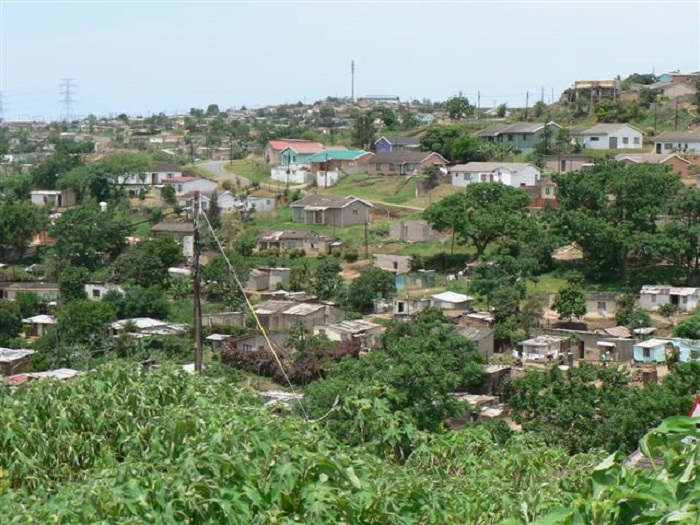

According to Southern African News, Samuel Mayimona, a resident of the DR Congo capital city Kinshasa, looks at his still-to-be built
three-bedroom house on his 57th birthday and wonders whether he will be able to finish it before he dies.
Mayimona, a civil servant who earns about US$170 monthly, has been using his little savings together with remittances sent by his son from France, to build his dream home.
But building stopped last year when his son could no longer afford to send money every month due to Europe’s dire economic situation.
Building materials are expensive in this mineral-rich Central African nation, where the UN says over 63% of people live in extreme poverty. One bag of cement is said to cost between US$12 and US$15.
The article gives other examples and lists Africa’s housing market challenges.
Johannesburg-based African Union for Housing Finance (AUHF) and the Centre for Affordable Housing Finance (CAHF) have listed the following constraints, among others, to housing development in Africa:
- High cost of building material: it makes it difficult to build homes at an affordable price for the majority of households
- Cost and lengthy time of land registration
- High cost of financing
- Lack of long term funding
- Poor infrastructure
- Lack of strong government regulation
- Lack of access to finance for poor and lower-middle-income families, as well as real estate developers
- Unsecured land tenure and weak land governance, which inhibits the active participation of the private sector
- Inability to provide infrastructure and lack of human and institutional
- capacity across the housing delivery value chain
Some of African countries’ annual housing backlog:
- South Africa (pop. 53mn): 3 million units, 1.5 million households live in slums
- Zambia (pop. 15mn):
- Namibia (pop. 2.3 mn): 100 000 units
- Zimbabwe (pop.14.2mn):
- Cameroon (pop. 25mn): 700 000 units
- Ivory Coast (pop. 20.3mn): 700 000 units
- Nigeria (pop. 173.6mn): 17 million units
- Angola (pop. 21.5mn):
- Ethiopia (pop. 94.1mn): 1 million units
- Uganda (pop. 37.6mn): 233 000 units
- Kenya (pop. 44.4mn): 2 million units





